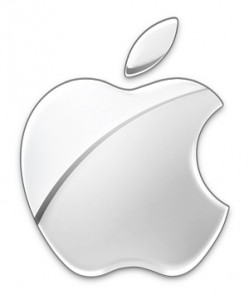 Andrew Hill on FinancialTimes.com wrote a blogpost about one of Apple’s newest products: a mini version of the hugely successful iPad. His blogpost states that because the iPad Mini is not a huge innovation, by setting the price too high, Apple takes on a substantial risk.
Andrew Hill on FinancialTimes.com wrote a blogpost about one of Apple’s newest products: a mini version of the hugely successful iPad. His blogpost states that because the iPad Mini is not a huge innovation, by setting the price too high, Apple takes on a substantial risk.
What Andrew Hill has done is roughly comparable to what Mahesh Nagarajan taught us in his guest lecture: demand forecasting – however, we are in this case not looking at the forecast from a supply chain management side (quantity) but rather from a sales side (product pricing).
 The author of the blog points out the difference between the iPad Mini and, say, the iPhone or the initial Mac who
The author of the blog points out the difference between the iPad Mini and, say, the iPhone or the initial Mac who
“were disruptive, breakthrough products, rather than derivatives of one.”
…and comes to the conclusion that since the iPad Mini is only a derivative of a previous product, demand for it will not be large if the price is set too high.
However, if I am to compare the launch to, say, the new MacBook Pro with Retina display, one can see that these are no more but derivatives of the old laptops. Yet, they were priced at a premium and were a huge success. Perhaps Apple did the right thing in keeping prices high because even though they took a risk, potential profit margins are much greater.
The blogs on FinancialTimes.com are all free for anyone to access and provide interesting and detailed information about current events – authors frequently analyse these from a financial aspect and the blog is thus a good source of information or inspiration for the business world.

